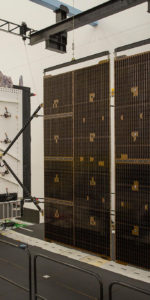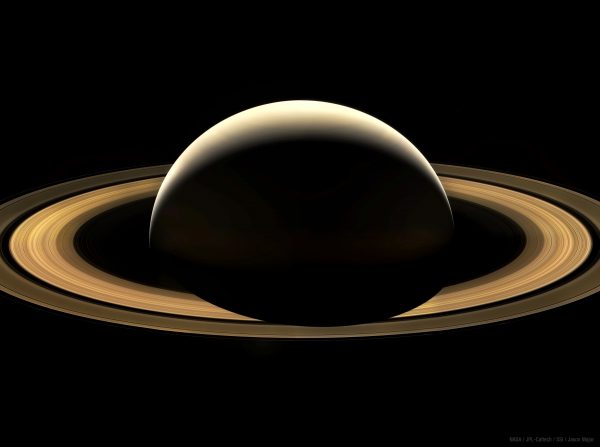
The moment that many people have been waiting for – albeit with great sadness – has finally arrived, with the Cassini spacecraft ending its mission in a literal blaze of glory. At 4:55 AM PT on Sept. 15, the long-lived explorer plummeted into Saturn’s atmosphere for its final act, bringing to a close a 13-year study of Saturn and its moons. As the saying goes, “all good things must come to an end,” and now that time has come for Cassini, which has transformed our knowledge about Saturn and its many bizarre and strange moons.
“The Cassini operations team did an absolutely stellar job guiding the spacecraft to its noble end,” said Earl Maize, Cassini project manager at JPL. “From designing the trajectory seven years ago, to navigating through the 22 nail-biting plunges between Saturn and its rings, this is a crack shot group of scientists and engineers that scripted a fitting end to a great mission. What a way to go. Truly a blaze of glory.”
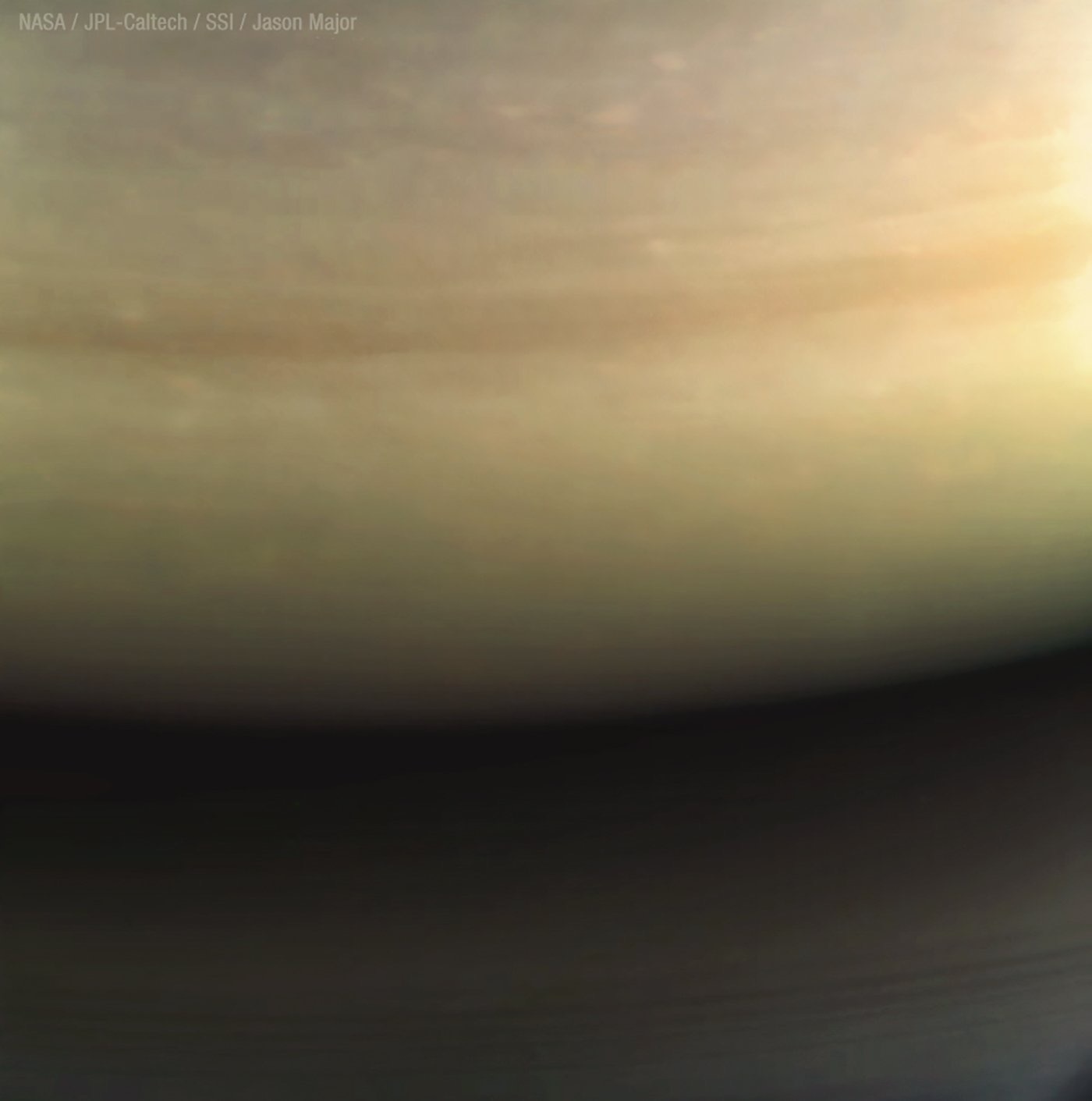
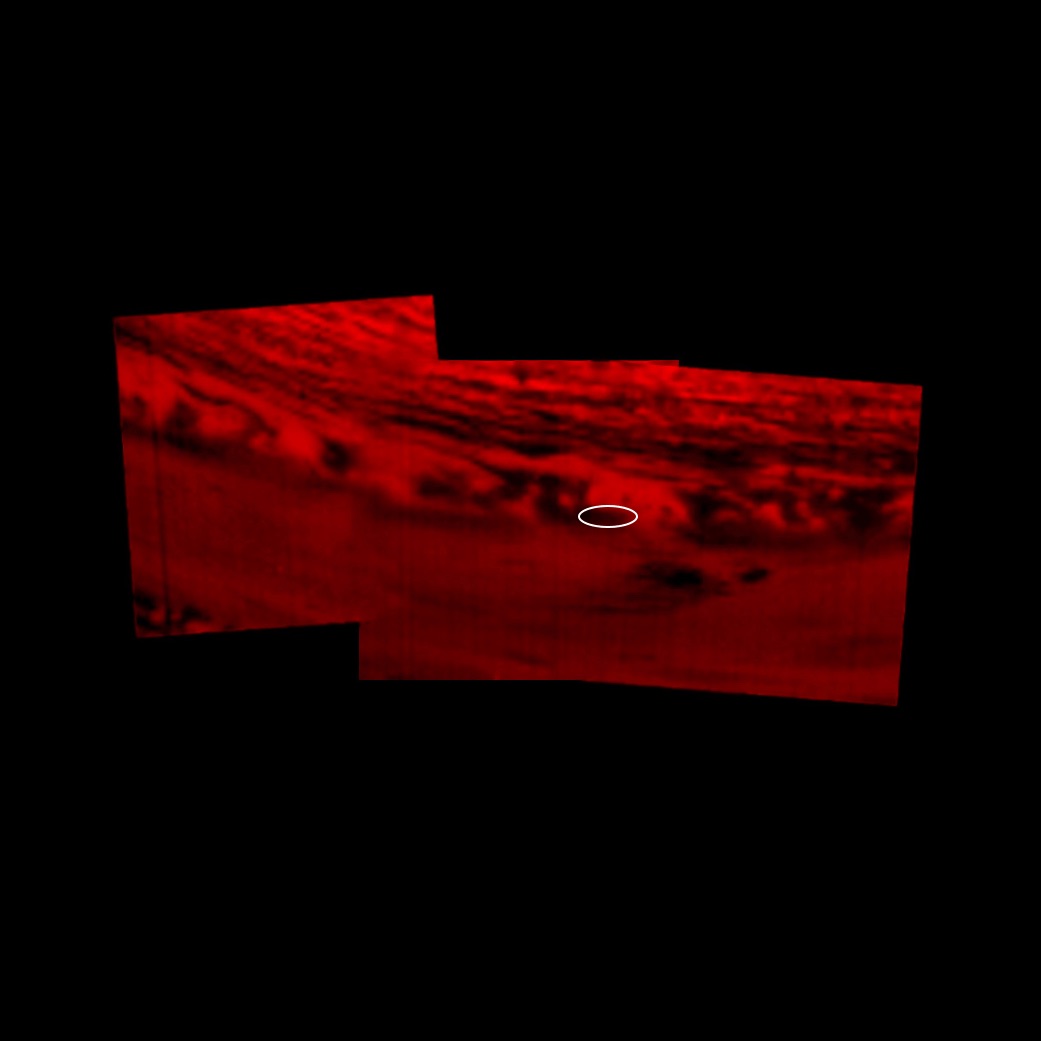
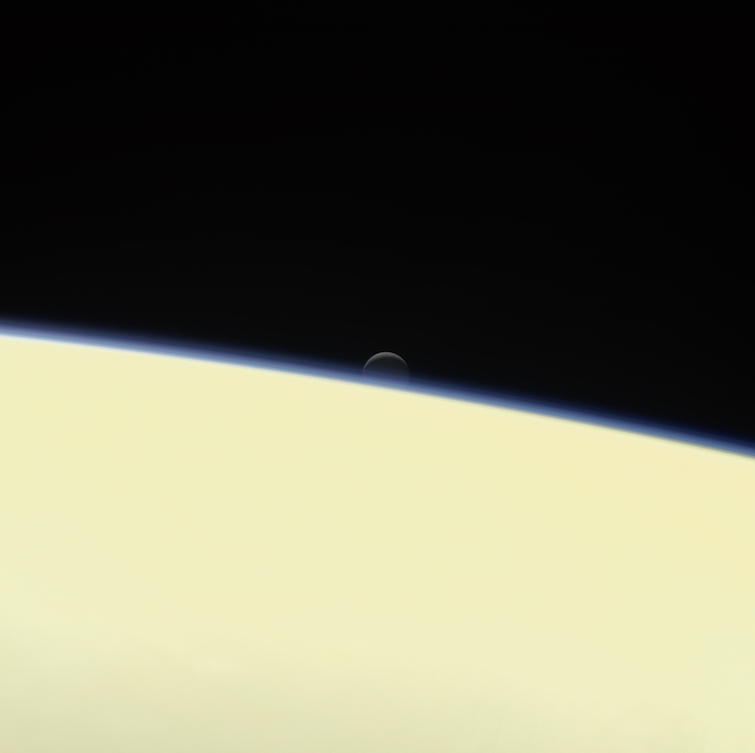
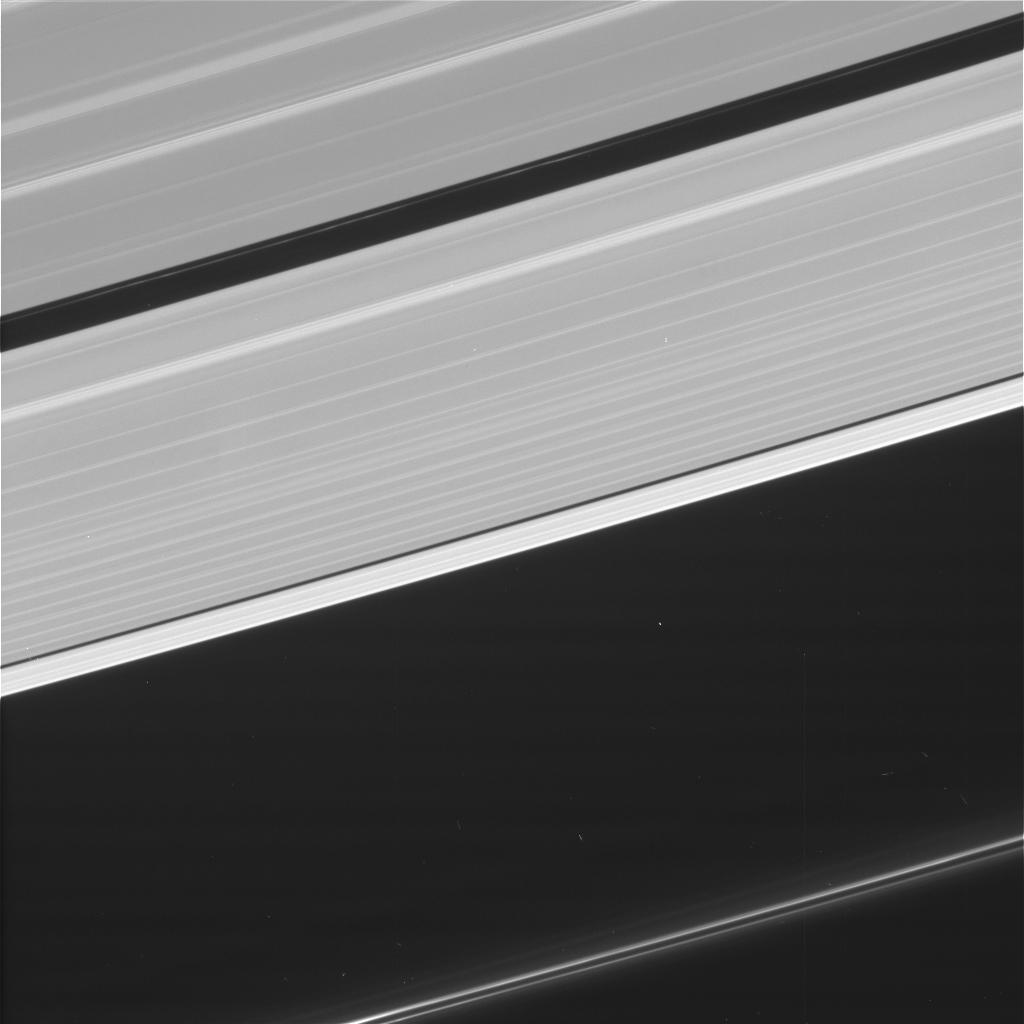
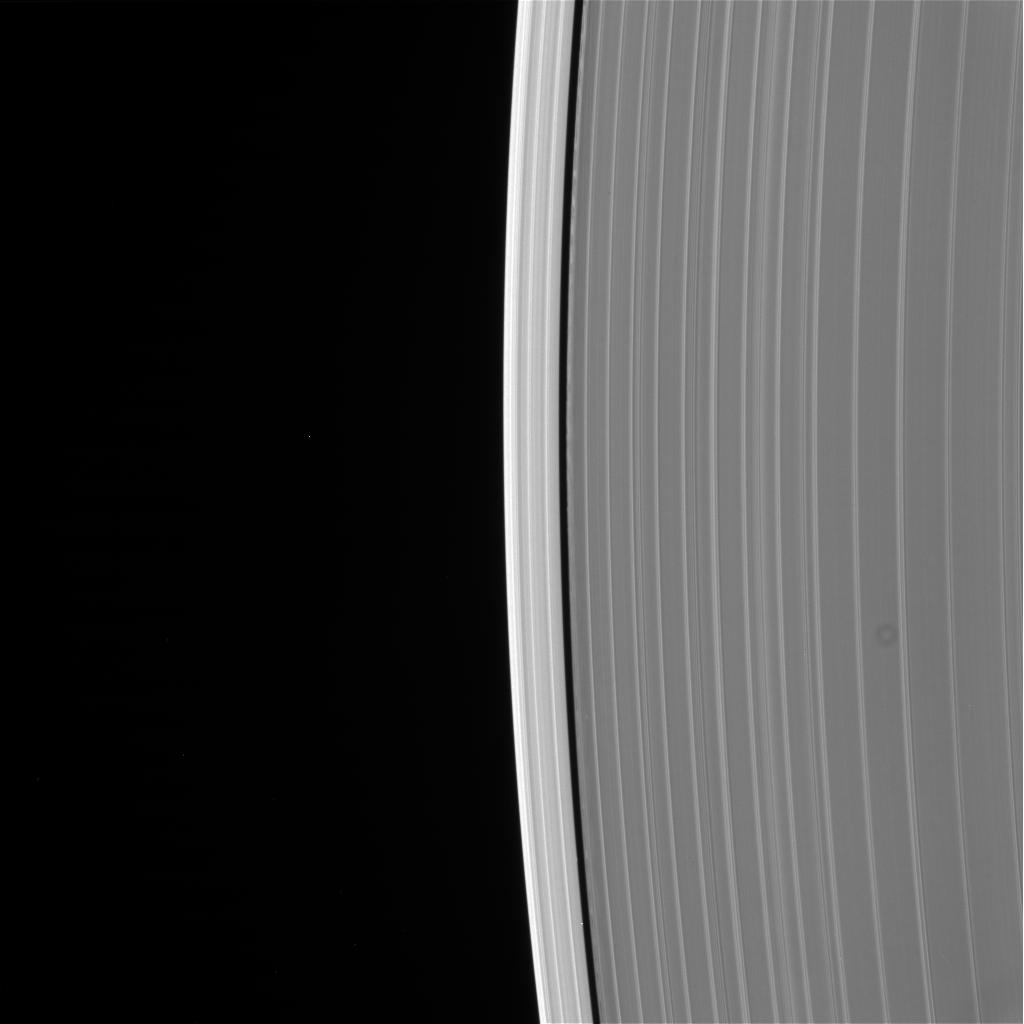
Prior to meeting its fate on Saturn, Cassini also gave a “goodbye kiss” to Titan, Saturn’s largest moon. Cassini flew past Titan at a distance of 73,974 miles (119,049 kilometers), and took its final images of this enigmatic world. The spacecraft used Titan’s gravity as a final nudge to propel it on a collision course with Saturn. Cassini passed by Titan hundreds of times during its mission, sometimes very close and sometimes from a distance.
“Cassini has been in a long-term relationship with Titan, with a new rendezvous nearly every month for more than a decade,” said Maize. “This final encounter is something of a bittersweet goodbye, but as it has done throughout the mission, Titan’s gravity is once again sending Cassini where we need it to go.”
“This is the final chapter of an amazing mission, but it’s also a new beginning,” said Thomas Zurbuchen, associate administrator for NASA’s Science Mission Directorate at NASA Headquarters in Washington. “Cassini’s discovery of ocean worlds at Titan and Enceladus changed everything, shaking our views to the core about surprising places to search for potential life beyond Earth.”
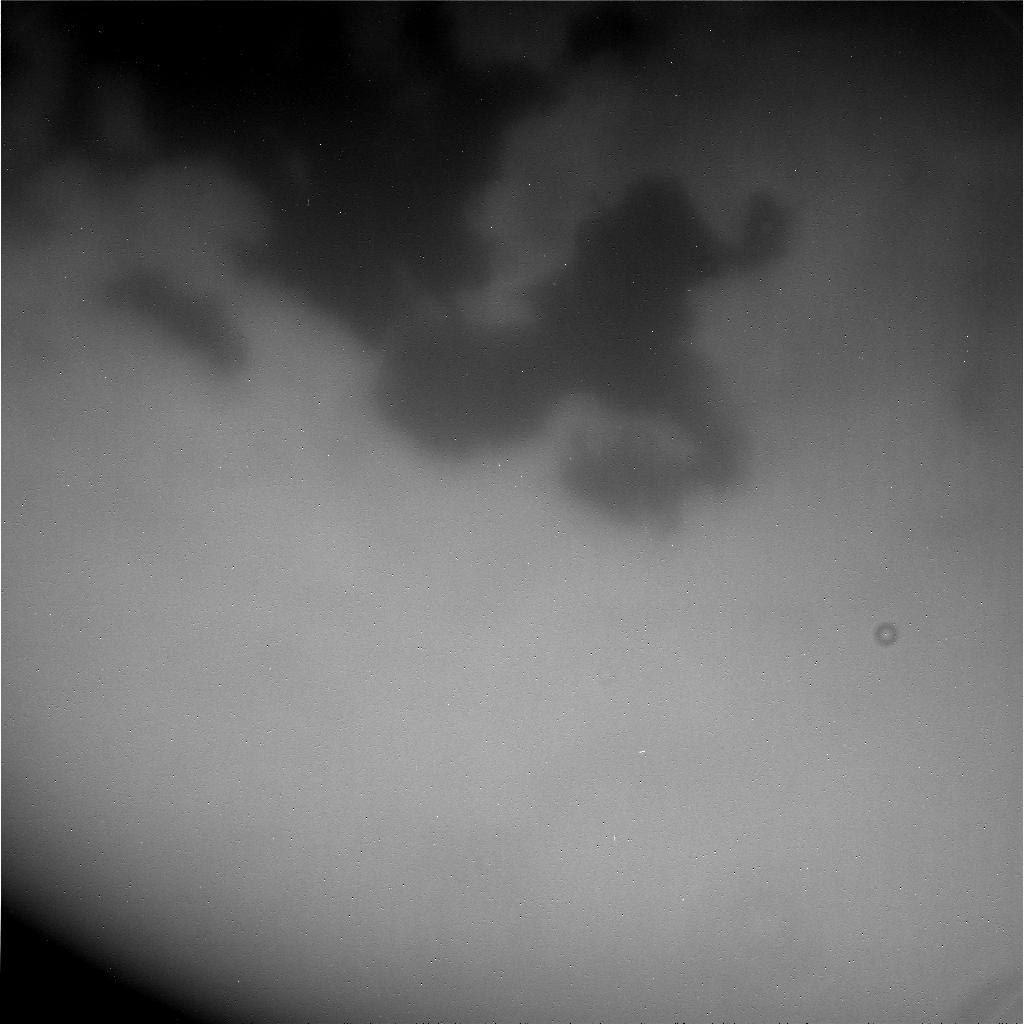
This final orbit, which brought Cassini to its entry point in Saturn’s atmosphere, is the last of 22 orbits in the Grand Final phase of the mission. Cassini may be gone, but its legacy will live on forever, and the enormous amounts of data that the probe sent back to Earth will be used by scientists for a long time to come as they continue to study Saturn, its moons and the rest of the Solar System in the years ahead.
“Things never will be quite the same for those of us on the Cassini team now that the spacecraft is no longer flying,” said Linda Spilker, Cassini project scientist at JPL. “But, we take comfort knowing that every time we look up at Saturn in the night sky, part of Cassini will be there, too. Cassini may be gone, but its scientific bounty will keep us occupied for many years. We’ve only scratched the surface of what we can learn from the mountain of data it has sent back over its lifetime.”
More information about the Cassini mission is available on the NASA and JPL websites.
Be sure to “LIKE” AmericaSpace on Facebook and follow us on Instagram & Twitter!
SaveSave





